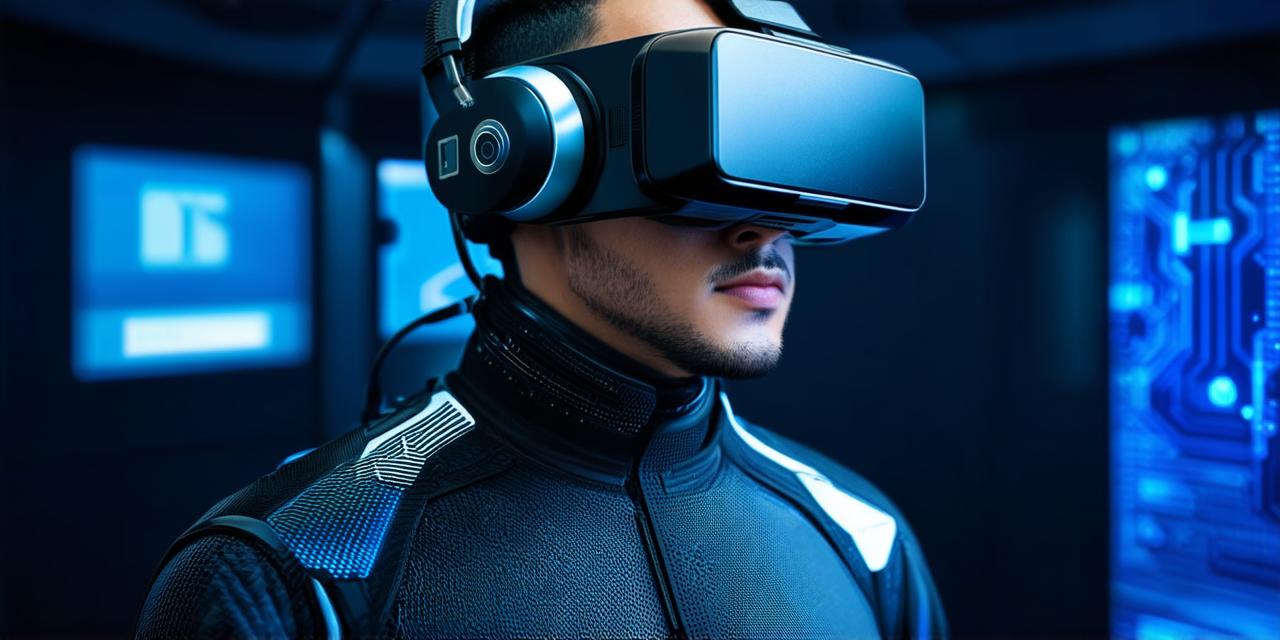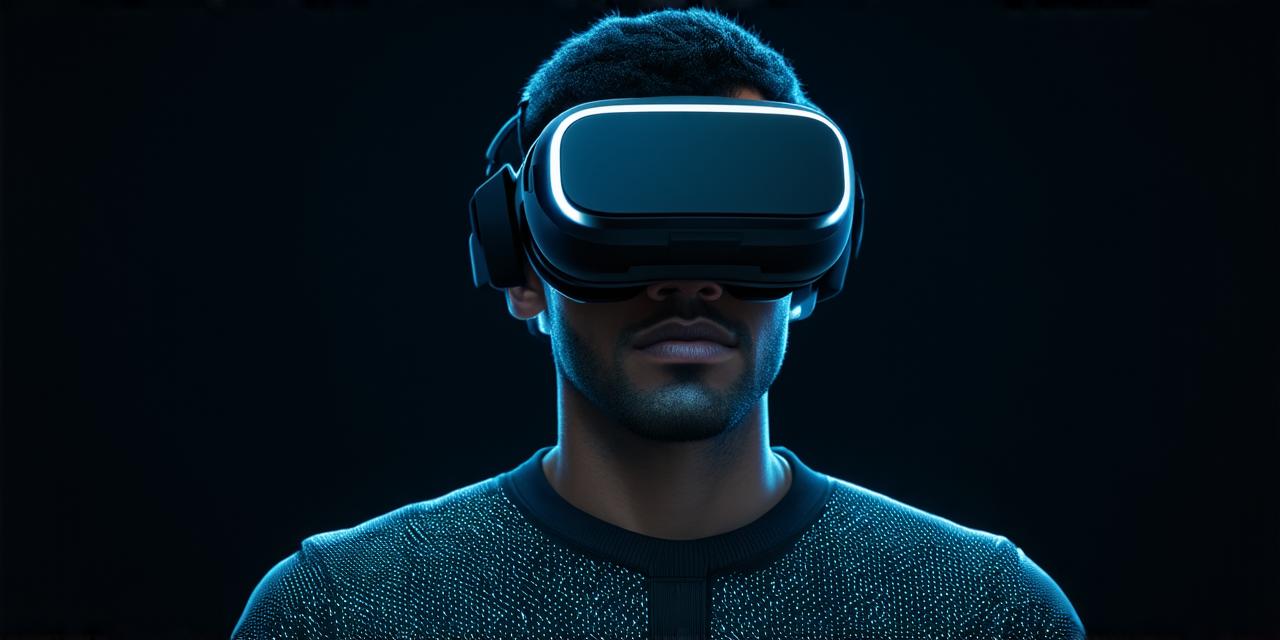As technology continues to advance, virtual reality (VR) and augmented reality (AR) are two emerging technologies that are gaining popularity in a variety of applications.
What is Virtual Reality?
Virtual reality is a technology that creates a simulated 3D environment that users can interact with in real-time. The idea behind VR is to create an immersive experience that feels as though the user is physically present in the virtual world.
This is achieved through the use of specialized headsets, sensors, and controllers that track the user’s movements and adjust the virtual environment accordingly.
Virtual reality has a number of potential applications, including gaming, training simulations, and medical treatments. For example, doctors have used VR to simulate surgical procedures in order to train new surgeons and improve patient outcomes.
What is Augmented Reality?
Augmented reality, on the other hand, adds digital elements to the real world. This means that users can see the real world around them, but also have access to additional information or virtual objects that are overlaid onto the physical environment.
AR is typically experienced through a smartphone or tablet app and requires no specialized equipment.
Key Differences between VR and AR
There are a few key differences between virtual reality and augmented reality that set them apart:
- Immersion: Virtual reality creates a fully immersive experience, while augmented reality adds digital elements to the real world.
- Equipment: VR requires specialized equipment, including a headset and sensors, while AR can be experienced through a smartphone or tablet app.
- Interaction: Virtual reality allows for more interactive experiences, as users can physically interact with objects in the virtual world. Augmented reality, on the other hand, is typically more of an information overlay that provides additional context to the user’s physical surroundings.
- Applications: VR has a number of potential applications in areas such as gaming, training simulations, and medical treatments, while AR has potential applications in retail, education, and entertainment.
In conclusion, virtual reality and augmented reality are two emerging technologies that offer unique experiences to users. While they both involve immersive environments, VR creates a fully immersive experience that feels as though the user is physically present in the virtual world, while AR adds digital elements to the real world.

Both technologies have potential applications in a variety of fields and will continue to evolve as technology advances.



